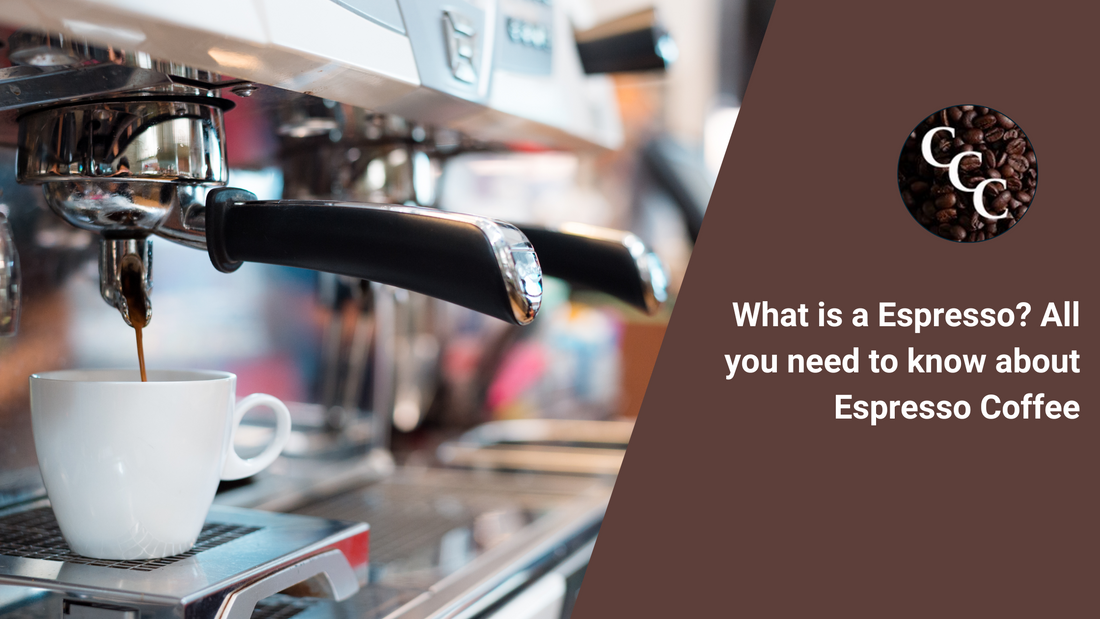Espresso is more than just a small, strong cup of coffee, it's a brewing method, a flavour experience, and the foundation of many beloved café drinks. For coffee enthusiasts, understanding espresso is essential to appreciating the world of specialty coffee.
In this guide, we’ll explore what espresso is, how it’s made, the best beans to use, and how to enjoy it like a pro. Whether you’re a home barista or want to deepen your knowledge, this comprehensive breakdown covers everything you need to know.


